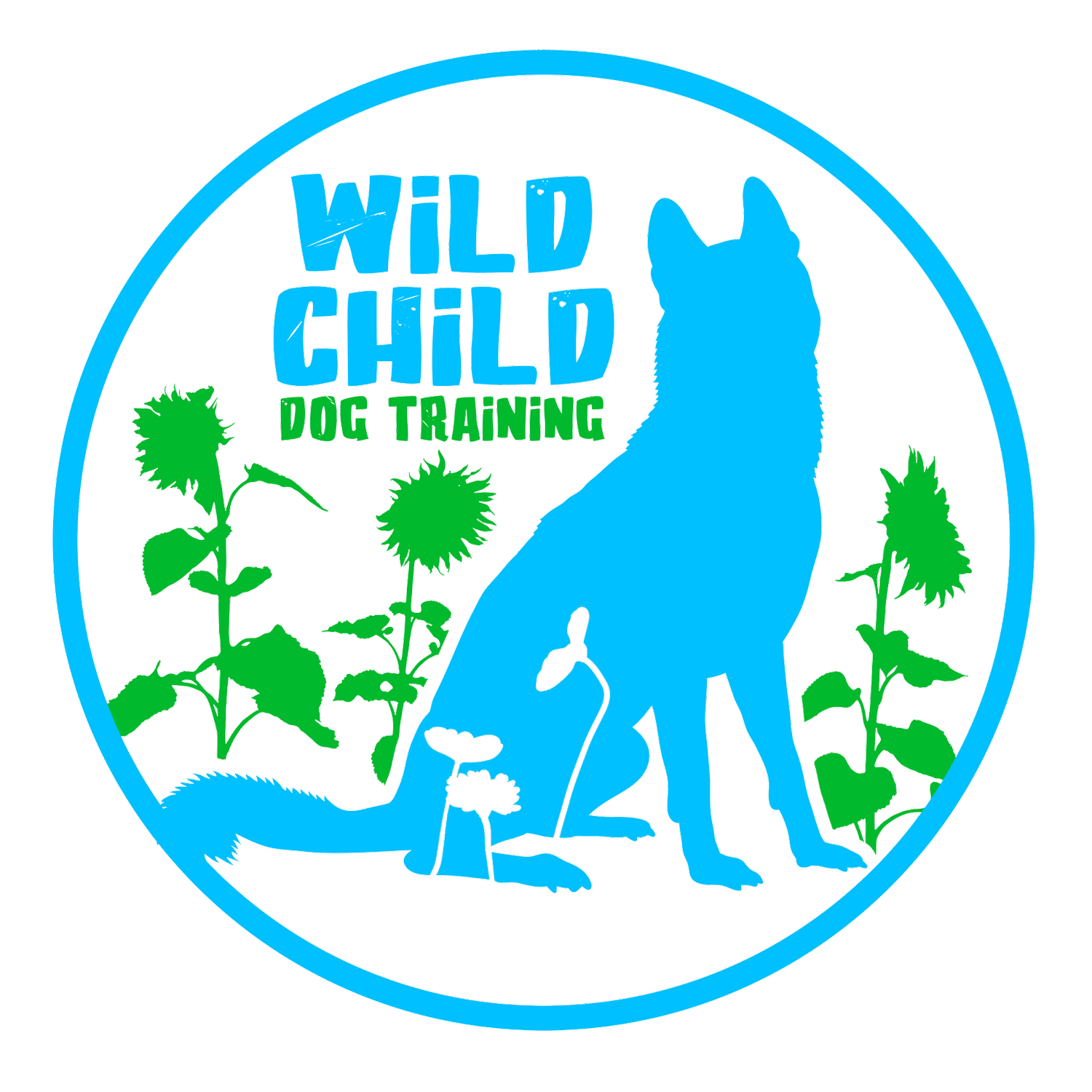How to introduce dogs together…
Tis the season for bringing in a new furry bundle of joy in your home. Everyone seems to be in love with the new family member. That is everyone except your current dog.
You let the new puppy roam around the house freely. Claiming the comfiest spot on the floor and taking toys as they please. Feeling pretty confident about themselves they wonder over to your older dog, nipping and licking his face. You hear a high pitch yelp and automatically reprimand your old friend.
I’m sure this scene plays out in homes across the United States every holiday. So let’s skip the dramatics and introduce our new family member to our old family member the right way.
1. Choose the Right Setting
When introducing a new dog into the home, it's best for the dogs to meet on neutral ground. This means I'll take my two dogs for a walk or at least meet in the front yard. The first encounter is crucial as it sets the tone for future interactions. I aim to ensure their initial engagement is positive and brief. Choosing the right setting for the introduction is key to a smooth transition. A neutral area, like a nearby park or a friend's enclosed yard, is ideal, so neither dog feels territorial. It's advisable to avoid first introductions inside the home to prevent any tension or guarding behaviors.
2. Prepare for the Introduction
Before bringing the dogs together, ensure that each one is individually calm and well-exercised. A tired dog is more likely to be relaxed and less anxious during the introduction. Remove any toys, food bowls, or high-value items that might spark jealousy or territorial behavior.
3. Walk Them With Each Other
Begin by walking each dog side by side with a human in between, like this: dog, human, human, dog. Keep the leashes loose to maintain a relaxed and positive atmosphere during the walk. Slowly allow the dogs to get closer while carefully observing their body language. Moving forward without focusing on each other lets the dogs sense each other's presence without encroaching on personal space. The next step is to maintain a 'bubble' of space around both dogs unless they start playing. When introducing a new dog at home, I keep both dogs on leashes to control the new dog's movements—they shouldn't have full access to the house until they understand the house rules. This also gives my dogs the option to distance themselves if needed, and I can intervene if one dog starts to bother the other. If both dogs start playing, I'll keep the leashes on but won't hold them.
4. Observe Body Language
Dog body language tells a lot about their comfort level and emotions. Look for signs of relaxation, such as loose body movements, wagging tails, and soft ears. However, be aware of warning signals too, including raised hackles, stiff body posture, or growling. If you notice any signs of tension, slow down or take a step back before proceeding with the introduction.
5. Use Positive Reinforcement
During introductions, reward both dogs for calm and appropriate behavior. Using treats, verbal praise, and gentle petting can send a positive message and foster good associations. Maintain a light and relaxed atmosphere to promote friendly interactions between the dogs. Ensure each dog has its own private space. This can be achieved with a crate or baby gate to provide a separate area for downtime. In these moments, neither dog should pester the other through the barrier, allowing for a peaceful environment where both can feel secure and tranquil. Incorporating quiet time into your dogs' daily routine a few times a day offers a beneficial break for everyone to relax and recharge.
6. Gradual Off-leash Introduction
If both dogs exhibit relaxed body language and seem comfortable, you can proceed with an off-leash introduction in a secure and enclosed area. Allow them to sniff and explore each other, but closely monitor their interaction. Be prepared to intervene if necessary to prevent any potential conflicts. You can also let dogs drag a line so you can intervene without physically getting involved.
7. Monitor and Supervise
Even after the initial introduction, monitoring their interactions for the first few weeks is crucial. Gradually increase their supervised time together, ensuring ample opportunities for positive experiences and play. Safety should always be the priority; separate them at any signs of aggression or tension. A critical point to emphasize is not to leave your two dogs alone together. Fostering a positive association between the dogs is vital during their first interactions. Take it slow, let the relationship develop naturally, and in time, you'll have two of the best furry friends a person could wish for.
8. Seek Professional Help if Needed
If you encounter difficulties during the introduction process, don't hesitate to seek professional guidance from a certified dog trainer or behaviorist. They can assess the situation, offer personalized advice, and help you navigate any challenges you may face.
Remember, every dog is unique, and some introductions may require more time and effort than others. Patience, consistency, and positive reinforcement are key when introducing dogs together. By following these steps and providing a supportive environment, you can lay the foundation for a strong and harmonious bond between your furry friends.
